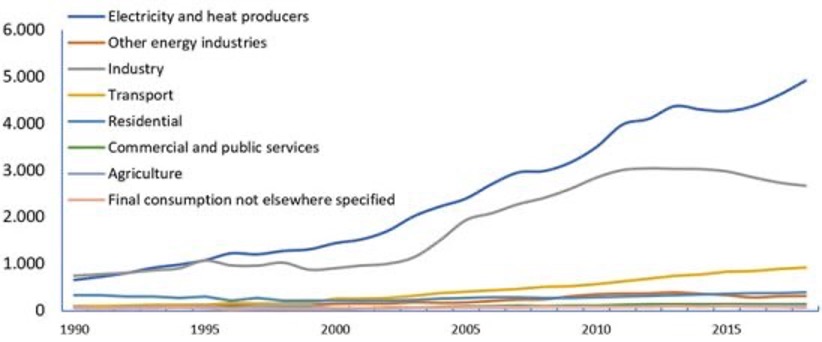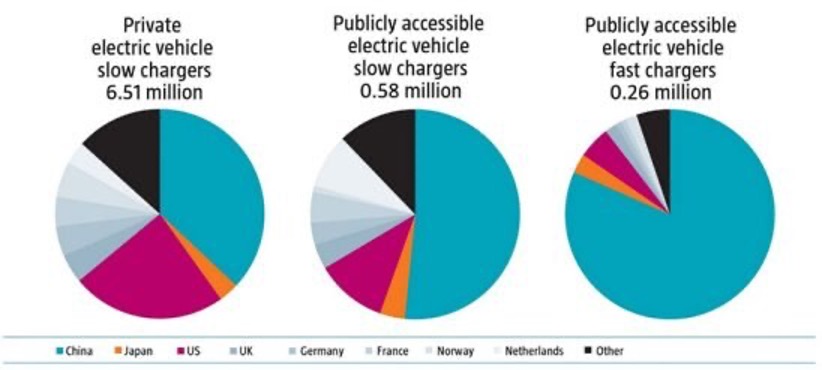China charting the course to carbon neutrality
China is far and away the world’s largest carbon dioxide emitter, accounting for close to 30% of global carbon emissions, according to the International Energy Agency (IEA) – double the 15% for the US and 9% for the European Union. Robeco’s Jie Lu has released a detailed research report which takes a thorough look at China’s course to carbon neutrality by 2060.
China’s pledge is bold and exciting, but will be no small feat. Achieving this target requires massive investment, radical changes and a long list of challenges that lie ahead. Areas such as renewables, the electrification of transport and nuclear power generation are just some of the areas that will require not only investment funds but cutting-edge technology. The research note says the road to net-zero requires efforts in three directions:
- A shift away from carbon-intensive industries, away from manufacturing to services
- Change in energy mix away from coal and oil towards renewables
- Carbon compensation plans
Robeco says “Around 90% of China’s CO2 emissions come from electricity and heat production, industry, and transport, with electricity and heat production representing half of all emissions. Logically, these three areas will be affected most by the transition, with electricity and heat production at the forefront.”

“Given the changes needed in most sectors to achieve carbon neutrality, the key issue for investors is to identify any major risks they might be exposed to, and to find the most attractive opportunities. Arguably, the most exposed companies are fossil fuel producers and in particular oil majors. Their core business is fundamentally at odds with decarbonization,” says Robeco.
A number of industries will suffer from this transition such as petrochemicals, steel and cement. But on the other hand, there will be companies that will benefit from this transition such as:
- Renewables – Will have the lion’s share of investments
- Electric vehicles – Expected to be big winners
- Power networks and energy storage technologies – Should capture a significant portion
“Beijing has also made it clear that it wants to continue leading the way in new energy vehicles (NEVs), with a recently approved plan for the industry. According to the plan, NEV sales are expected to reach 20% of overall new car sales by 2025, up from 5.4% last year.4 This target for 2025 is lower than the previously stated target of 25%, as it takes into account the rough patch of 2019 and 2020,” says Robeco.
Figure 3: China leads in the number of EV charging points

In summary, Robeco finishes by saying, “while renewables will play the most critical role in the transition toward carbon neutrality, additional storage technologies will be also needed to address intraday and seasonal variability issues inherent to wind and solar energy, and to decarbonize all parts of the economy – including the most carbon-intensive ones, such as steel and cement production. From this perspective, two complementary technologies – batteries and hydrogen – are likely to play a key role given their ability to convert electricity into chemical energy and vice versa.”









